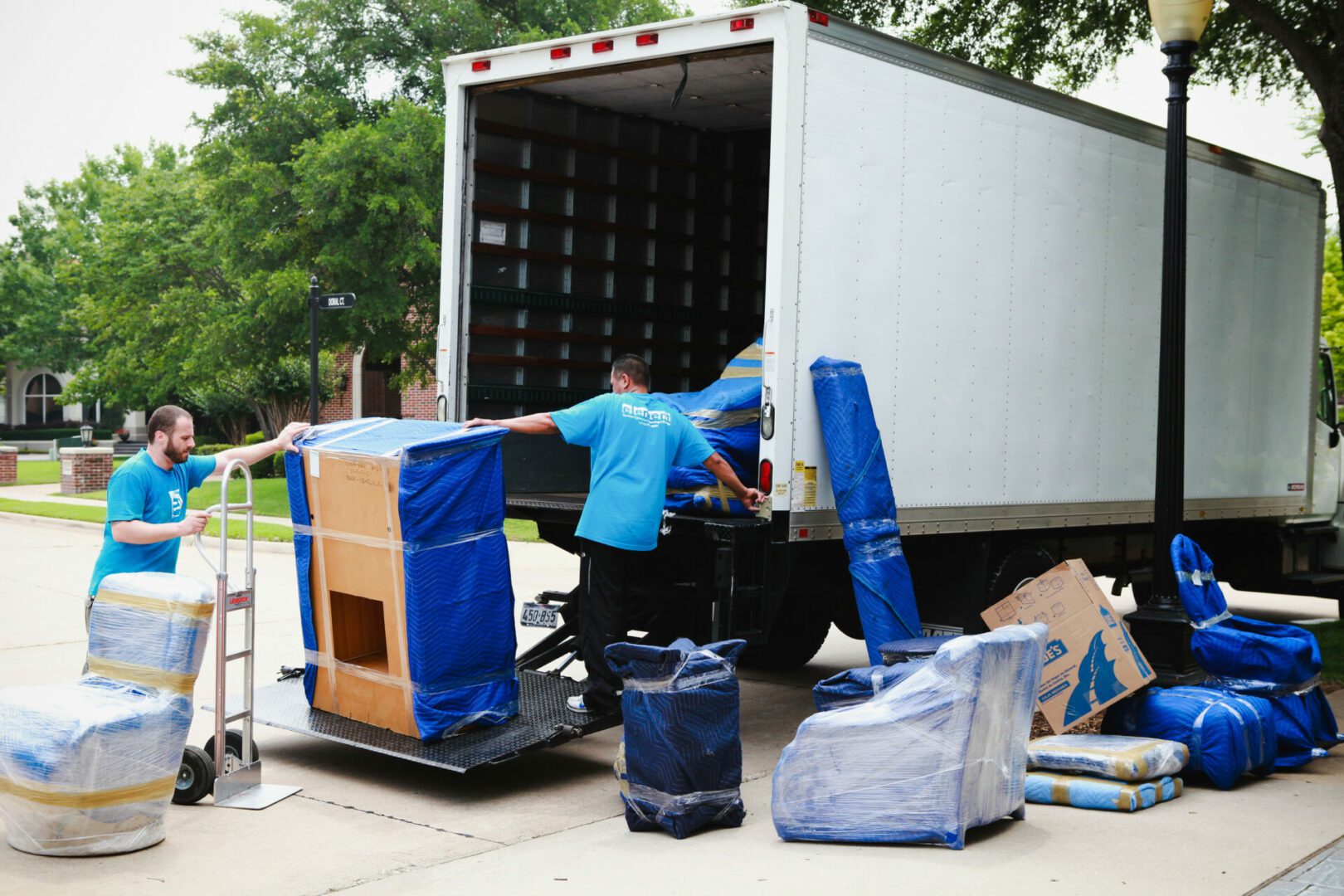Relocating can be an exciting yet and challenging experiences in life. Whether you are relocating to a different apartment in the same town or embarking on a long-distance journey to a new state, understanding the details of moving services is essential. The details of a relocation can feel overwhelming, from sorting through belongings to finding reliable moving companies who can cater to your individual needs. This guide aims to simplify the moving process for you, providing insights and tips for every type of move.
In this thorough guide, we will delve into the key elements of short and long-distance moving services. We’ll explore the distinctions between residential moves and apartment moves, and provide you with the knowledge necessary to choose wisely about your upcoming relocation. If you are in need of professional movers who specialize in short-distance moves or options for longer transitions, we have you covered. Come along as we navigate the art of moving, ensuring that your transition is as seamless and easy as can be.
Choosing the Best Movers
Choosing the best moving company is important for a smooth move, regardless of whether it’s short-distance or far away. Begin by looking into moving companies that are tailored specifically to your needs. Search for companies with a good track record, good customer reviews, and the necessary licenses and insurance. It’s crucial to verify their credentials and make sure they have expertise with the nature of move you are planning, whether it involves apartment moves or larger residential moves.
Next, obtain multiple quotes from various moving service providers to compare their offerings and pricing. This will assist you understand the market rates and give you negotiating power in negotiations. When evaluating estimates, consider what is included in the price, such as packing services, transportation fees, and any additional charges. A comprehensive estimate that outlines all possible costs will prevent surprises on moving day.
Finally, don’t neglect to pose inquiries to assess the quality of service of the movers. Inquire about their procedure, the tools they utilize, and how they handle issues that may arise. A friendly and professional staff can make a significant impact in your total experience. Taking the time to pick the right movers will offer you peace of mind and make sure your possessions are in good hands during your move.
Types of Moves Explained
Regarding moving assistance, understanding various categories of moves is crucial for making the right choice for your relocation needs.
Local relocations typically denotes moves that happen within a certain area, often within the same city or region. These moves are usually less complex and require minimal organization compared to interstate moves. Local movers are adept at navigating the area, ensuring smooth transit of your belongings to your new home.
On the other hand, far-distance moves involves transfers over a significant range, often crossing state lines. This type of move requires more extensive planning and organization, as it can include additional steps like wrapping, storage, and coordinating schedules with movers that are experts in interstate moves. Long-distance moving companies often deliver expert assistance to make sure that your items arrive safely and in a timely manner, which emphasizes the importance to select a reputable moving company.
Household moves encompass both local and long-distance scenarios, focusing on the moving of living spaces. Whether relocating from one flat to another or transitioning to a larger home, residential movers are trained to handle different responsibilities, such as preparing your belongings, loading, transporting and unloading your belongings. Ensuring that you choose the right type of move based on your personal situation will facilitate a smoother experience and enhance your moving experience.

Tips for a Successful Move
One of the factors for a successful move is effective planning. Start by developing a timeline that outlines each step of the moving process, from scheduling your moving services to storing your belongings. It’s important to give yourself sufficient time to sort through your items, determine what items to keep, and what to donate or sell. This not only minimizes the quantity of items you need to move but also renders the process feel less overwhelming.
When choosing your movers, whether for local moving or long distance moving, conduct research. Look for reputable companies with positive reviews and transparent pricing structures. Request multiple quotes to confirm you are getting a fair deal. Discuss specifics with the moving services to define what is included, such as supplies or coverage for your belongings, so there are no surprises on moving day.
In conclusion, on the day of your move, keep essential items accessible. Pack a personal bag with important documents, snacks, and any essentials you may need immediately upon arrival at your new place. Make sure that you talk clearly with your movers about your expectations and address any issues as they come up. This will contribute to a smoother and more enjoyable transition to your new home.









